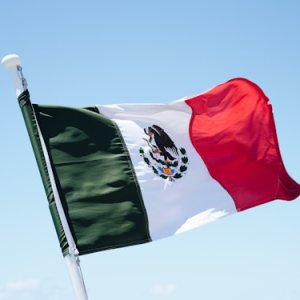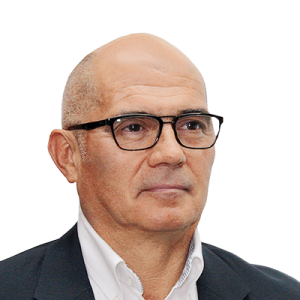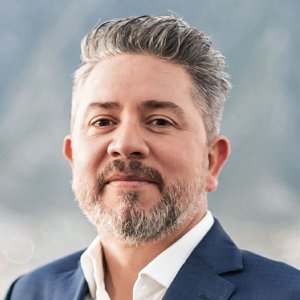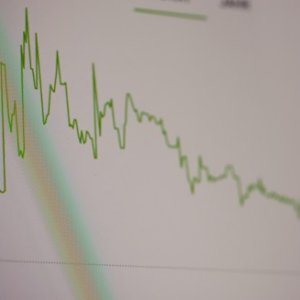Quick, Precise and Sustainable Ore Grade Analysis

STORY INLINE POST
Q: How does the company’s PhotonAssay technology work?
A: We take an X-ray source and use it to activate the gold within a sample. We put about half a kilo of material in a sample jar and bombard it with high-intensity X-rays, about 100 times higher than a regularX-Ray Fluorescence Scan (XRF). By doing that, we rearrange the protons and neutrons at the nucleus of the gold atoms. We then take the sample away from the X-ray source and those protons and neutrons return to their original state. When they do that, they release gamma radiation, which we measure with very sensitive detectors. The amount of gamma radiation emitted is directly proportional to the amount of gold in the sample.
Q: What are its advantages over alternative assay methods?
A: The standard way the industry analyzes gold right is fire assay. PhotonAssay is superior to fire assay in all key aspects: speed, precision, cost and sustainability. Our technology can analyze a sample in two to three minutes, whereas fire assay takes from six to eight hours.
It is also highly precise and accurate. Fire assay, particularly when handling higher-grade material, has an absolute error built in that is quite high. PhotonAssay is more accurate in all useful measurement grades. Moreover, fire assay requires that samples be highly processed before analysis. The preparatory work includes drying, crushing, splitting down and pulverizing. PhotonAssay can simply use a coarse-crushed material. We can give you information on gold on pretty much whatever you put into the sample jar. We can even run wet samples. The only work you need to do with our technology is to make sure that what you put in the jar is representative of the original sample. This removes 70 or 80 percent of sample preparation cost. In turn, sample preparation makes up 10 to 40 percent of the total cost of analysis.
Regarding sustainability, fire assay produces a kind of lead waste that is very difficult and costly to dispose of. Also, because of the lead that is used in the analysis, most fire assay workers need to have their blood tested periodically to check that they are below a maximum level. Working with powdered lead implies many safety hazards. We add a great deal of value in every step in the mining chain. We are not creating a new need for analysis. The industry already needs to analyze gold in every step of the process. We are offering a new, better, cheaper technique to replace the old technique.
Q: Does PhotonAssay present any health or safety issues?
A: As used in our technology, X-rays have low health concerns. They are produced from a linear accelerator. It is like a lightbulb: turn it on, you get X-rays, turn it off, you no longer get them. This gives technicians very high control over the technology. Additionally, we have taken all relevant measures to guarantee that radiation levels are within international standards. Outside of the unit where testing takes place there is no radiation, due to the shielding that we put in place around the linear accelerator.
Furthermore, the type of technology that PhotonAssay uses is already in place in mines. Take density gauges as an example. These tools consist of a radiation source that emits radiation and a sensor that counts the received radiation, which has been either reflected by the test material or passed through it. Miners are already familiar with radiation and generally have a radiation management plan in place.
Q: What problems does PhotonAssay solve for explorers?
A: Exploration gets the least priority when it comes to analysis. Consequently, the usual exploration analysis backlog in Australia is often up to six or eight weeks. During that time, explorers are waiting to get an analysis back that will help them decide where to drill next. They cannot know whether to go deeper into a drill hole or where the next target lies. Our technology’s speed solves this issue to a great extent. Also, the fact that PhotonAssay is able to take much larger samples means that explorers can work with more confidence. The sample that is analyzed is highly representative of the bulk sample. Moreover, because we are insensitive to the mineral matrix, it does not matter if you are mining a sulfide, an oxide or any sort of mineralogy: what goes in the sample jar is what gets analyzed. PhotonAssay is indifferent to the matrix.
A further advantage is the way PhotonAssay tackles nuggety gold samples. High amounts of particle-sized gold nuggets in the ore body make it difficult to obtain reliable data. Resultant volatility with fire assay becomes very high when working with nuggety gold. You can take a sample, analyze it 20 times with fire assay and get 20 different results. PhotonAssay allows you to deal with nuggety gold with greater confidence.
Q: How is grade control enhanced with PhotonAssay?
A: Our technology’s faster return rate is a major advantage. A PhotonAssay unit allows you to know where to actually mine next. One can see almost in real time where the ore body is moving. Selective mining becomes possible.
Disaster stories abound in the industry. Sometimes, the turnaround rates are so long that mining takes place even before the engineers get their results back from the laboratory. They mine blind and then reconcile with the grade control result that the labs eventually deliver. That is just not efficient.
Q: How do processing plants benefit from PhotonAssay?
A: Every mine in the world has a degree of volatility on the material that comes into the processing plant. There is a lot of effort put into mixing the material to keep feed grade relatively constant. But volatility can only be mitigated, not eliminated. To deal with volatility in the most effective way possible, it is crucial to really understand what is happening in every part in the process. Quick results are of the essence. A faster turnaround time lets technicians know how much gold is in each part of the plant. Managers can optimize the operation and vary reagent consumption; they can control float rates, save on reagents or improve recovery.
Q: What products have you developed based on the PhotonAssay technology and how do you commercialize them?
A: PhotonAssay Max is our flagship product. It is designed for either a very large mine or a central laboratory that takes samples from different locations. It is our highest throughput machine, running at 72 samples per hour. That is about 1,700 per day and 50,000 per month. A large miner may need 20,000 samples per month, so PhotonAssay Max has enough capacity to handle variations. It can also analyze other elements, like silver, and we are branching out into copper. Also, we are working with a Mexican company to expand into lead and zinc within the next six months. The goal is to remove the need for any other analytical technique. The fewer techniques used, the fewer the errors and the less expertise needed, resulting in less costly and faster laboratories.
We also offer PhotonAssay Mine; whose main advantage is that it can be installed swiftly. It is targeted at a mine’s processing plant. Its throughput rate is 20,000 samples per month. PhotonAssay Mine is suitable for smaller sites.
We commercialize our products through a leasing system, maintaining all the risk in the equipment, while guaranteeing performance, availability, technical service and training. We charge a monthly lease relative to the number of samples processed. If you have a mine unit at a mine running 10,000 samples per month, we would come in at a lower price per sample than what you pay for the fire assay, and we would charge on a per sample basis. Everything else is provided by Chrysos. Our Max units imply long contracts: three to five years. The installation takes about a month. The Mine units allow us to work with shorter contracts. The installation is simpler and takes only about a week.
Q: Do you have plans of entering the Mexican market?
A: The Mexican market is absolutely on our radar. Mexico has the biggest silver mine in the world. One of Newmont’s most important mines is in Mexico. There are many prospective gold and silver operations there, as well as operating mines. We are looking for partners to deploy units, whether that is directly on the mine site or through a laboratory. In the next 12 to 18 months, our goal is to have a unit there, with an office, technical support and staff.
Chrysos Corporation’s PhotonAssay solution provides rapid, accurate, safe and nondestructive ore grade analysis across the global mining industry. PhotonAssay’s fast turnaround on high sample volumes delivers critical operational information and drives process optimization through the entire mining value chain.

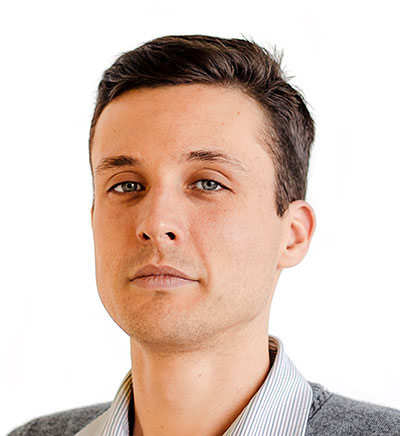 By Alejandro Ehrenberg | Journalist and Industry Analyst -
Thu, 07/16/2020 - 12:20
By Alejandro Ehrenberg | Journalist and Industry Analyst -
Thu, 07/16/2020 - 12:20




